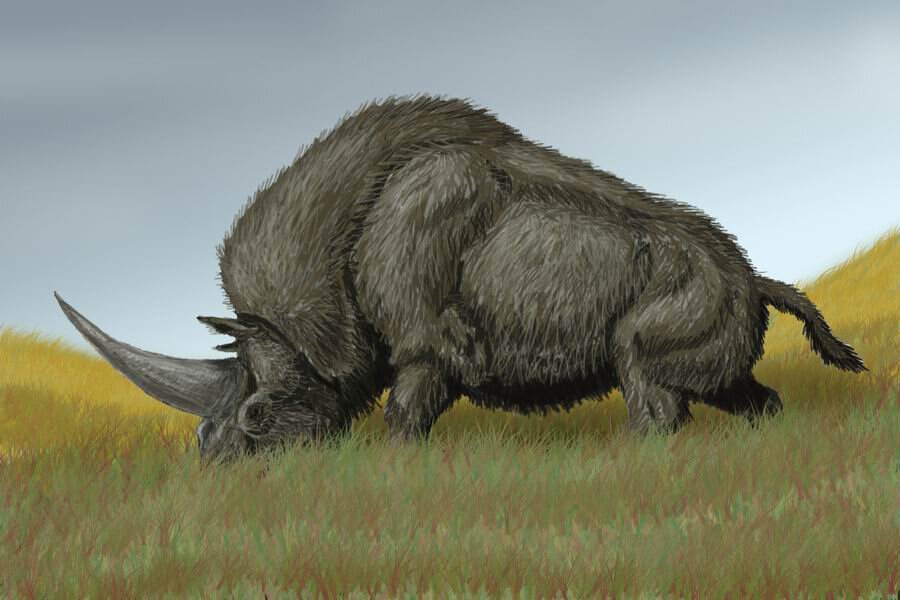Siberian 'unicorn' lived for much longer than we thought
New data is changing the dates surrounding the mysterious history of the Siberian 'unicorn.'
The hulking Elasmotherium sibiricum has earned the mythical name despite sharing little other than a prominent horn with most pop-culture depictions of the mythical unicorn.
But the biggest surprise here isn’t the aesthetics, it's the timing.
Scientists previously believed the Siberian unicorn had gone extinct 350,000 years ago, but new findings suggest that date may need to be revised by hundreds of thousands of years.
A team of scientists from Tomsk State University in Russia analyzed a newly discovered fossilized Siberian unicorn skull, found in Kazakhstan with fossils of mammoths and prehistoric bison. Dating the fossils revealed the startling timing, published in the American Journal of Applied Science.
How did this "unicorn" survive hundreds of thousands of years longer than expected? Its ancestors may have migrated into a comparatively gentle microclimate, suggest researchers, or else it might be the last vestige of a larger population that had died out across the rest of its once vast terrain.
"Most likely, in the south of Western Siberia it was a refúgium, where this rhino had preserved the longest in comparison with the rest of its range,” said Andrey Shpanski, a paleontologist with Tomsk University, in a press release.
Siberian unicorns were massive creatures, up to 15 feet long and with an estimated weight of around 8,000-10,000 pounds – bigger than an Asian or African forest elephant. These prehistoric rhinos, like their modern cousins, had a large horn on their head, used for defense, and were herbivores. Their territory would have stretched across of much of what is now eastern Russia and Kazakhstan, from the Don River almost to Mongolia.
Their fossils have been identified at multiple sites, and estimates of their extinction remained consistently at around 350,000 years old. Then this team of scientists found an unusually large E. sibiricum skull near the Kozhamzhar village in the Pavlodar region of Kazakhstan.
An analysis of the skull concluded two things: the skull likely belonged to a very large male, with exact measurements hard to estimate without a fossilized body, and it died 29,000 years ago.
According to the study, that timing “significantly complicates” many of the findings and research based on extinction periods and creates questions around the estimated dates of many other "ancient" fossils, since many of them are dated only with respect to each other, and not using radiocarbon isotope measurements.
The authors say more radiocarbon dating of other fossils could help resolve these challenges.
Scientists use fossils to draw conclusions about past environments, to provide reference points for how the planet acts now.
“Understanding of the past allows us to make more accurate predictions about natural processes in the near future: it also concerns climate change," said Dr. Shpanski.






